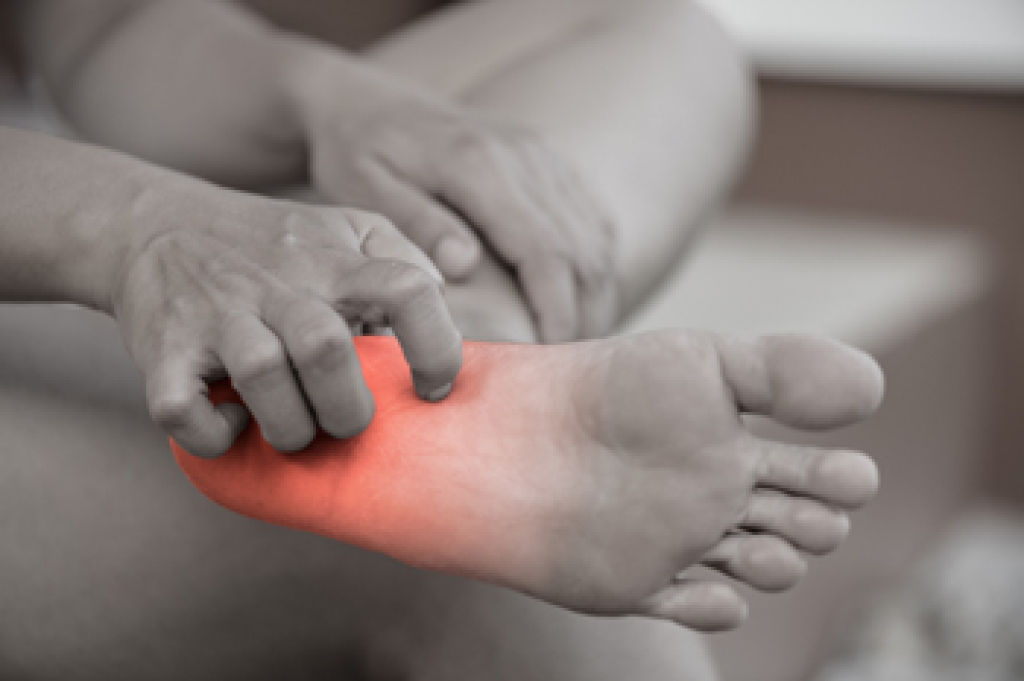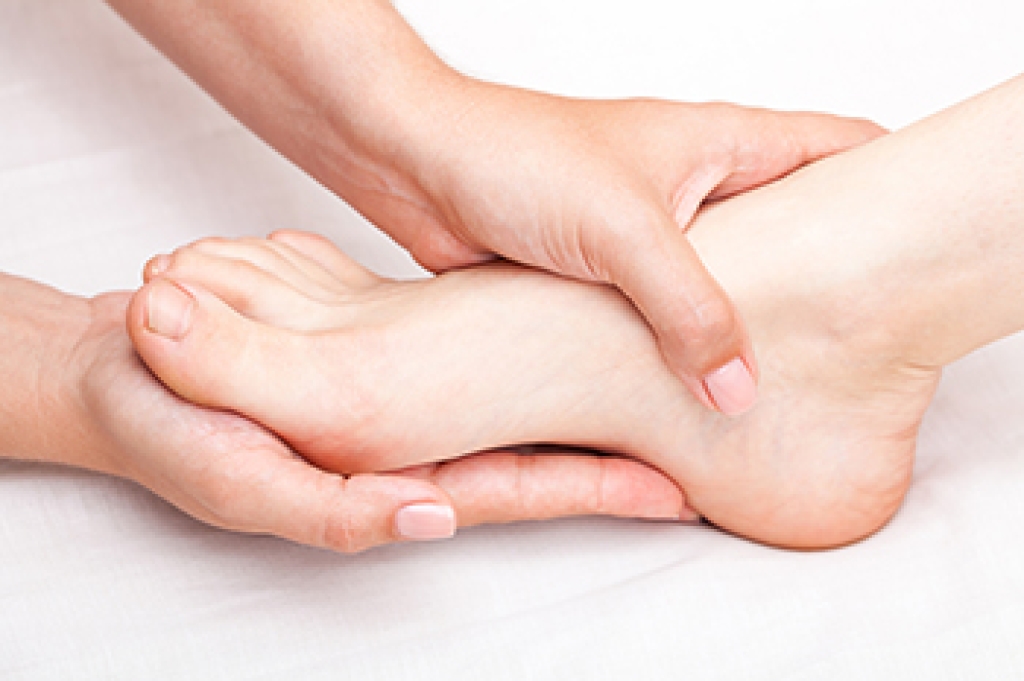
Research has shown the majority of women enjoy buying shoes but are unhappy with the way their feet look. Obesity may be a reason for this, and the feet may change shape as a result of the extra weight they endure. Additionally, the feet may become bigger, and many people have not purchased larger shoes to accommodate their feet. This can cause various foot problems to develop, including corns, bunions, and hammertoes. There are several warning signs the feet and legs may give which may indicate there is excess weight. These can consist of calf pain, possibly leading to Achilles tendonitis. Plantar fasciitis is a painful foot condition among obese patients, and severe heel pain may accompany this condition. Gout is an ailment that affects the toes and can cause debilitating pain. This is known to be common among people who are overweight and may be connected to kidney disease. If you have foot conditions from being overweight and would like to know about effective treatment and prevention methods, please confer with a podiatrist.
The more you weigh, the harder your feet must work to support your body. If you’re an obese individual and are concerned about your feet, contact Dr. Castillo from Bronx Foot Care. Our doctor can provide the care you need to keep you pain-free and on your feet.
Obesity and Your Feet
People who are overweight are putting more pressure on their ankles, knees, and hips as well as their feet. This unfortunately can lead to variety of different issues.
Problems & Complications Stemming from Obesity
- When the body is overweight, it tries to compensate by changing the way that it moves. An obese person may lean forward and put extra weight on the wrong part of the foot. This puts unnecessary stress on the feet.
- Obese people are also more likely to develop type II diabetes which is a condition that causes a lot of foot problems. People with diabetes often don’t feel the cuts and sores that they may have on their feet, which can lead to more complicated and severe issues.
- Plantar fasciitis is another foot condition that can be caused by obesity. Plantar fasciitis is an inflammation of the tissue along the bottom of the foot, which causes pain and stiffness while walking and climbing stairs.
If you have any questions, please feel free to contact our offices located in Bronx, NY Yonkers, NY . We offer the newest diagnostic and treatment technologies for all your foot care needs.




